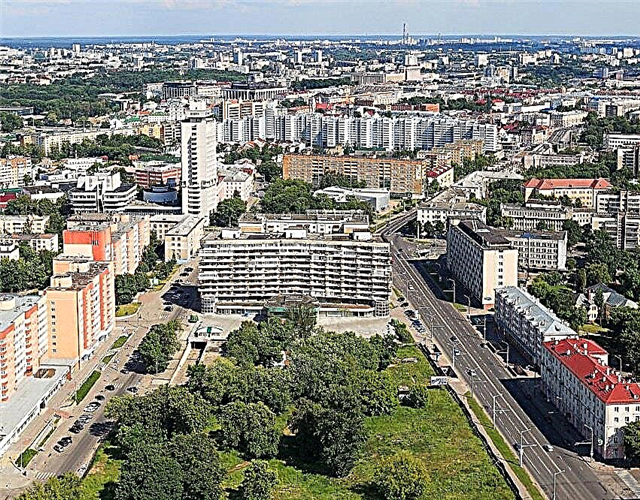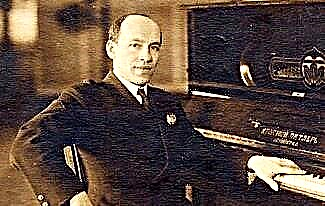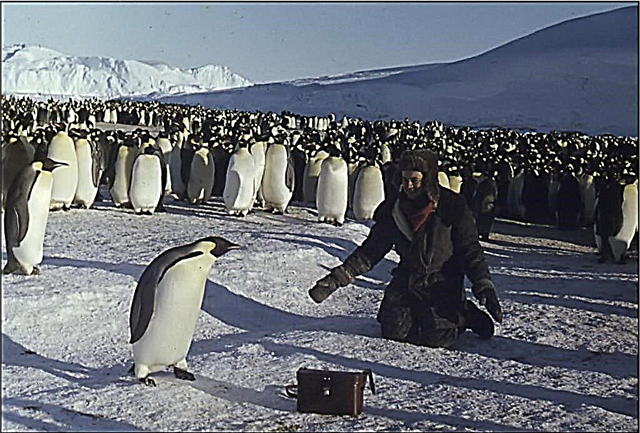Interesting facts about Victory Day on May 9 Is a great opportunity to learn more about great victories. the Soviet army managed to defeat Nazi Germany in the Great Patriotic War (1941-1945). In this war, tens of millions of people died, who gave their lives to defend the Motherland.
So, here are the most interesting facts about May 9th.

Interesting facts about May 9
- Victory Day is a celebration of the victory of the Red Army and the Soviet people over Nazi Germany in the Great Patriotic War of 1941-1945. Established by the Decree of the Presidium of the Supreme Soviet of the USSR of May 8, 1945 and celebrated on May 9 each year.
- Not everyone knows that May 9 has become a non-working holiday only since 1965.
- On Victory Day, military parades and festive fireworks are held in many cities of Russia, an organized procession to the Tomb of the Unknown Soldier with a wreath-laying ceremony is held in Moscow, festive processions and fireworks are held in large cities.
- What is the difference between May 8 and 9, and why do we and in Europe celebrate Victory on different days? The fact is that Berlin was taken on May 2, 1945. But the fascist troops resisted for another week. The final surrender was signed on the night of May 9th. Moscow time it was on May 9 at 00:43, and according to the Central European time - at 22:43 on May 8. That is why the 8th is considered a holiday in Europe. But there, in contrast to the post-Soviet space, they celebrate not Victory Day, but the Day of Reconciliation.
- In the period 1995-2008. in the military parades dated May 9, heavy armored vehicles were not involved.
- A formal peace agreement between Germany and the Soviet Union was signed only in 1955.
- Did you know that they began to celebrate May 9 regularly only decades after the victory over the Nazis?
- In the 2010s, on May 9 in Russia (see interesting facts about Russia) processions with portraits of veterans, known as the "Immortal Regiment", became popular. This is an international public civil-patriotic movement to preserve the personal memory of the generation of the Great Patriotic War.
- Victory Day May 9 was not considered a day off in the period 1948-1965.
- Once, on May 9, the largest fireworks in the history of the USSR was organized. Then about a thousand guns fired 30 volleys, as a result of which over 30,000 shots were fired.
- An interesting fact is that May 9 is celebrated and considered a day off not only in the Russian Federation, but also in Armenia, Belarus, Georgia, Israel, Uzbekistan, Kazakhstan, Kyrgyzstan, Moldova, Tajikistan, Turkmenistan and Azerbaijan.
- America celebrates 2 days of victory - over Germany and Japan, which capitulated at different times.
- Few people know that on May 9, 1945, the document on Germany's unconditional surrender was delivered by plane to Moscow almost immediately after it was signed.
- In the first parade on May 9, the banner that Soviet soldiers installed on the Reichstag building in Berlin (see interesting facts about Berlin) did not take part.
- Not everyone understands the important meaning of the St. George ribbon, or rather the name George for Victory Day. The fact is that May 6, 1945, right on the eve of Victory Day, was the day of St. George the Victorious, and the surrender of Germany was signed by Marshal Zhukov, whose name was also George.
- In 1947, May 9 lost the status of a day off. Instead of Victory Day, the New Year was made non-working. According to the widespread version, the initiative came directly from Stalin, who was worried about the excessive popularity of Marshal Georgy Zhukov, who personified the Victory.
- The Red Army entered Berlin on May 2, but German resistance continued until May 9, when the German government officially signed the surrender document.









